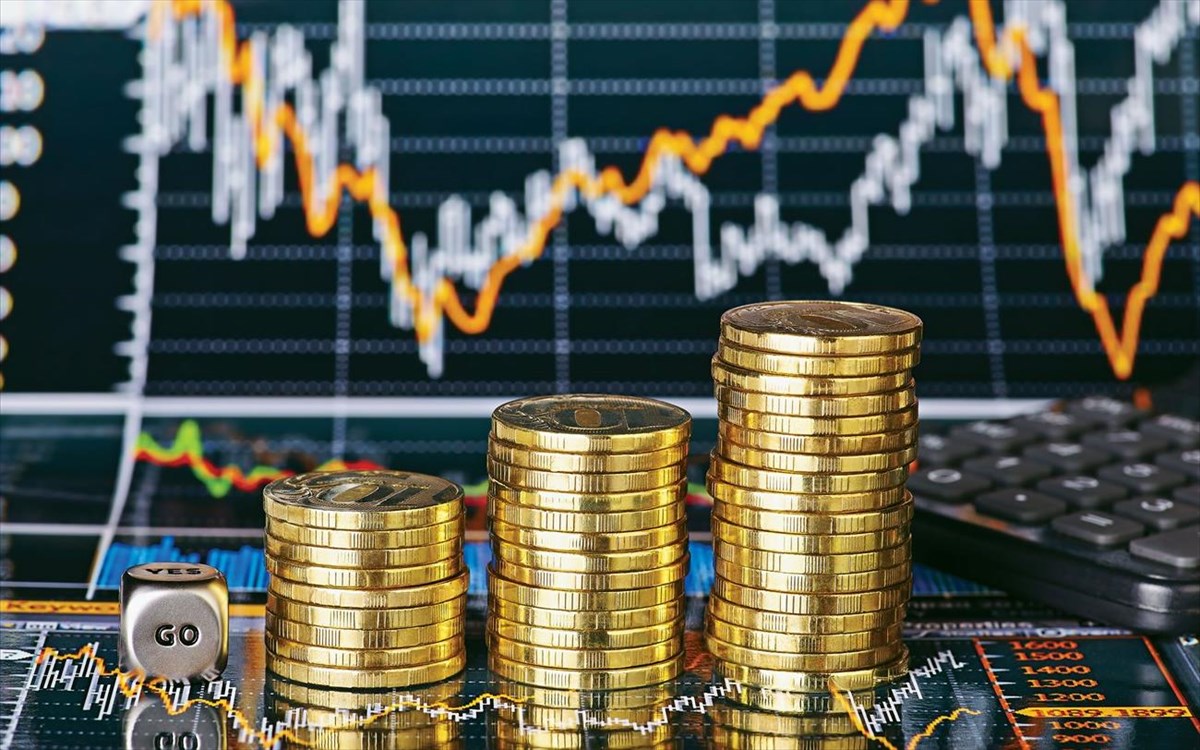
The government is aiming for high and sustainable growth rates for the coming years, while at the same time there are many factors that contribute to the fact that it is very likely that this year’s growth target will be revised for the better.
In the recent reshuffle, the government’s financial staff remained virtually unchanged (apart from Zavvos’s departure), enjoying the prime minister’s confidence.
In fact, the PM’s office has given clear directions, so that a 2-year plan is drawn up for the course of the Greek economy, until 2023, which is expected to be -apart from the unexpected- election year.
However, the goals that will be set for the entire Greek economy, especially for 2022, are also of great importance.
A key issue is to achieve high and sustainable growth rates in the next period, ie over 3%.
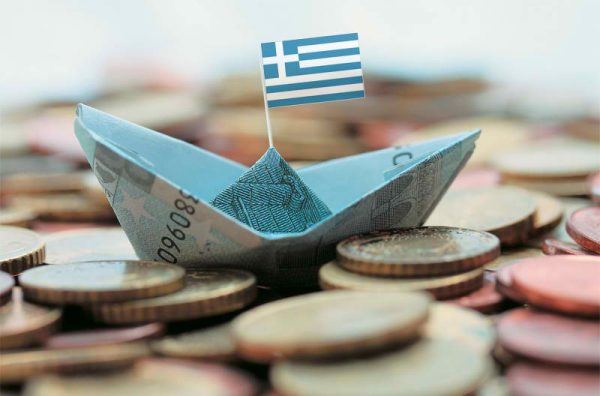
The recent data of ELSTAT on the course of GDP in the second quarter of the year give optimism to the financial staff, which is proceeding to revise the estimate for the growth rate this year at a rate higher than the forecast of 3.6% so far. According to information, the Ministry of Finance has already reached the new revised assessment of the growth rate in 2021, something that Prime Minister Kyriakos Mitsotakis may announce today from the TIF podium.
“Exit” from supervision
Catching the thread from the issue of enhanced supervision, the Ministry of Finance aims for Greece to leave within 2022. This opens a new cycle for the country, after three Memoranda. Along with the issue of lifting enhanced supervision, the government wants to raise the issue of fiscal targets that will return from 2023 for all Member States.
It is reminded that according to the decisions of the Eurogroup of June 2018, Greece will leave the Enhanced Supervision regime in June 2022.
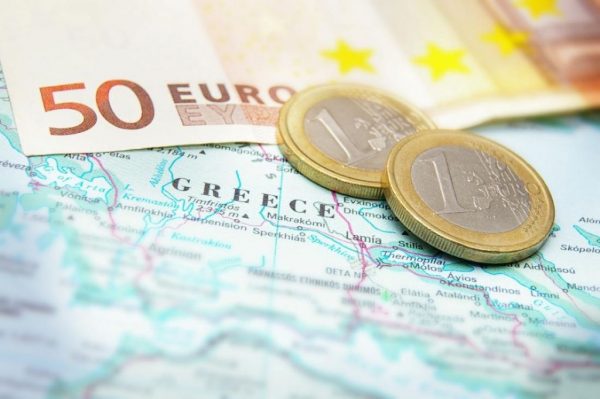
Achieving a single-digit percentage of non-performing loans (“red” loans), by the end of 2022.
In fact, according to the latest data, at the end of the first half of 2021, red loans decreased to 29.4 billion euros, recording a significant decrease of more than 50% compared to last year. At the end of June, the non-performing loan ratio fell to 20.3% from 43.6% in June 2019, while according to the plans announced by the banks, it will be reduced to single digits by the end of 2021 or the beginning of 2022. .
Primary surpluses
Achieving fiscal balance and satisfactory primary surpluses. The goal is fiscal improvement from 2022 and satisfactory, realistic primary surpluses from 2023. In fact, according to the Medium Term Fiscal Strategy Program, the primary deficit in 2021 will rise to 7.1% of GDP to be reduced to 0.5% in 2022. From 2023 it is estimated that the primary surplus and 2.9% in 2024, according to the Stability Program, ie below 3.5% of GDP projected for our country for next year and was a post-memorandum commitment.

Also, achieving investment level, by the first half of 2023, is one of the main goals of the government. The rating agencies are cultivating expectations for upgrades of the Greek economy, as was done yesterday, for example by Scope Ratings.
All this will be taken into account by the institutions that will give a sample of writing their intentions on September 22, when, according to information, the report on the enhanced supervision framework of the 11th evaluation of the Greek economy will be announced.
Stability Pact
From there, Eurozone finance ministers are expected to begin discussions on budgets, and the key issue for Greece is to determine the amount of primary surpluses. EU member states are preparing feverishly for the two major battles that will take place in parallel and their outcome will determine the future of Europe and the euro. One concerns the Stability and Recovery Pact and, consequently, the limits that will apply in the future to debt and deficits. The other has to do with rising inflation.
Latest News
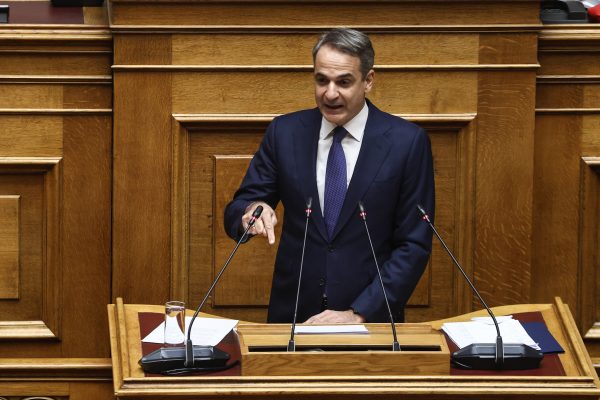
Greek PM Announces Sweeping Changes in 2025 State Budget
These measures aim to foster fairer banking practices and enhance the availability of affordable housing and credit

French Fund Meridiam Shows Growing Interest in Great Sea Interconnector
According to OT, the fund engaged in recent discussions regarding the Great Sea Interconnector with Greece’s Minister of Environment and Energy and the CEO of Greece’s Independent Power Transmission Operator (IPTO/ADMIE)

Everything to Know about Store Hours this Holiday Season
Stores and supermarkets across the country are operating extended hours, offering ample opportunities for holiday shopping
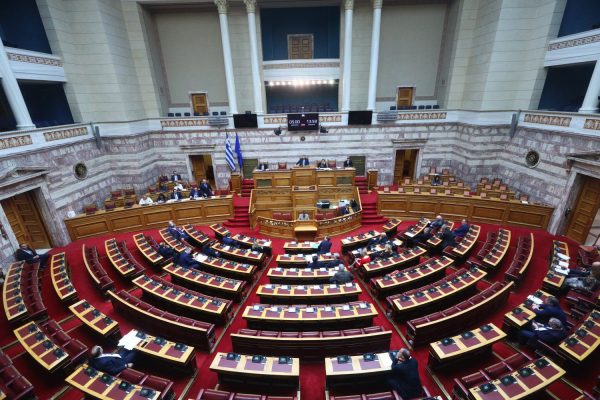
Greece Prepares for State Budget Vote as Debate Reaches Final Stages
Prime Minister Kyriakos Mitsotakis is expected to deliver his remarks late in the evening, shortly before the decisive vote that will conclude the session

DM Dendias: We talk With Turkey But We Always Bring Up Their Unacceptable Positions
Second and last day of closely watched conference, entitled 'Metapolitefsi 1974-2024: 50 Years of Greek Foreign Policy', also included appearances by PM Mitsotakis, Ex-PM Tsipras and PASOK leader Nikos Androulakis, among others

Rhodes Airport Tops Fraport Greece’s Regional Airports in 2024 Performance
According to Fraport's data, more than 35 million passengers (specifically 35.2 million) were handled by Fraport-managed airports during the 11 months.
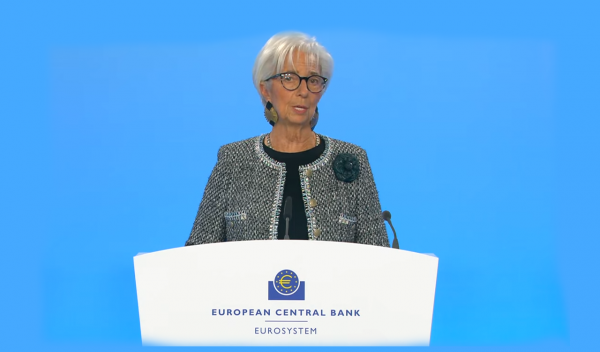
European Central Bank Cuts Interest Rates by 25 Basis Points
It is the fourth cut of interest rates by Europe’s central bank, a move expected by the markets and financial analysts leading to the rate settling at 3%.

Airbnb: New Measures Add €600 in Extra Costs for Property Owners
Property managers face an immediate administrative fine of 5,000 euros if access to the inspected property is denied or any of the specified requirements are not met.

Economist: Greece Included in the Best Performing Economies in 2024
Meanwhile, Northern European countries disappoint, with sluggish performances from the United Kingdom and Germany.

EasyJet Expands Its Routes from Athens
The airline’s two new routes will be to London Luton and Alicante and they will commence in summer 2025.



![Φυσικό αέριο: Δυναμικό come back του LNG στην Ελλάδα [γραφήματα]](https://www.ot.gr/wp-content/uploads/2023/01/OT_naturalgas-90x90.jpeg)












![Fraport: Πάνω από 35 εκατ. επιβάτες στα αεροδρόμια το 11μηνο – Πτώση στη Μύκονο [πίνακας]](https://www.ot.gr/wp-content/uploads/2022/06/fraport-90x90.jpg)

























 Αριθμός Πιστοποίησης Μ.Η.Τ.232433
Αριθμός Πιστοποίησης Μ.Η.Τ.232433